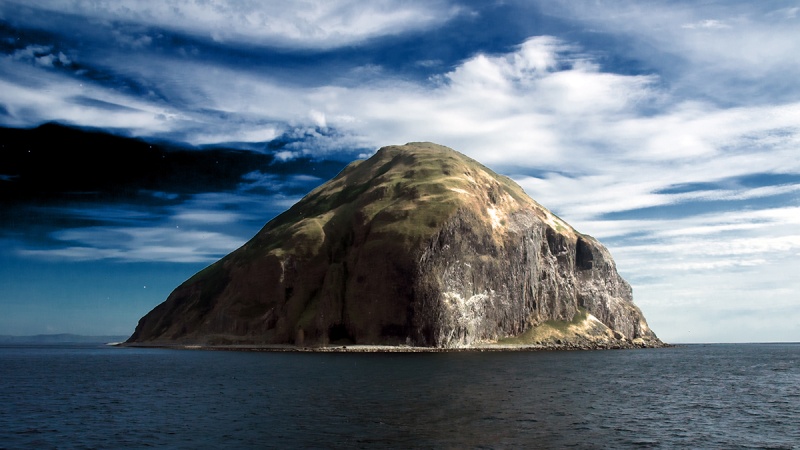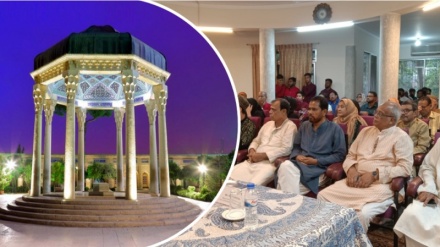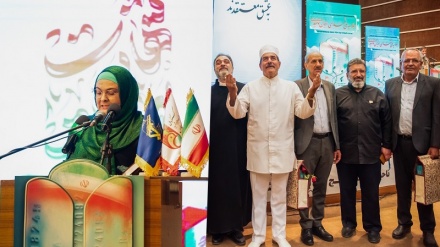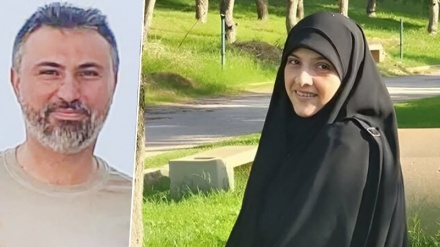Iranian islands of Persian Gulf (26)
Today, we pay a visit to Qabr-e Nakhodaa Island.
There are many ancient and legendary tales about the Persian Gulf waters. This region of Iran has been the cradle of a number of global civilizations.
Meanwhile, Qabr-e Nakhodaa Island is one of the non-residential islands of Persian Gulf waters, which is situated at the Khor Mousa opening.
This island is located north of Bouneh and Dara Islands, covering an area of 4.2 hectares. This island is completely flat, with its central part covered by a number of plant species. Fresh water is not found in this non-residential island.
The etymology of the name of this island which means "The tomb of the ship captain" dates back to ancient times. According to the locals of Mahshahr Port; when rowboats were used for sailing, an unknown captain, in the company of his family, was on a voyage in the pristine waters of Persian Gulf. His only daughter was struck with a refractory and severe illness. Due to lack of access to physicians, and the lengthy journey for heading back home, they landed in an Island, in the midway of their journey, laying to rest the poor girl, who had succumbed to her severe ailment. Based on this narration, it was in fact the captain's daughter who was laid to rest in this island.
According to another tale, the name of this island is rooted in the tomb of an Indian captain, who was laid to rest in this island.
This island in which apparently ship captains and their beloved have been buried, is currently the habitat of swallows. If you like to visit this legendry island, you have to travel to the eastern region of Khuzestan Province; and then board a speedboat in order to reach Khor Mousa opening in Persian Gulf waters. It takes roughly one hour and a half to travel from the pier of Mahshahr Port to this island with a speedboat.
This island is one of the sensitive habitats of Khuzestan Province, and is impacted by the Persian Gulf waters' ebb and lows. A number of different bird species hatch their eggs in this island, which is also the habitat of a number of other animals such as lizards and turtles.
Dear listeners, this was the final episode of this series, which reminded us of the importance of the culture and oral narrations of the locals, residing in Persian Gulf islands. Within this series, efforts were made to make you familiar with the geography, history, natural environment, culture, and tourist attraction sites of this region.
MR/EA



